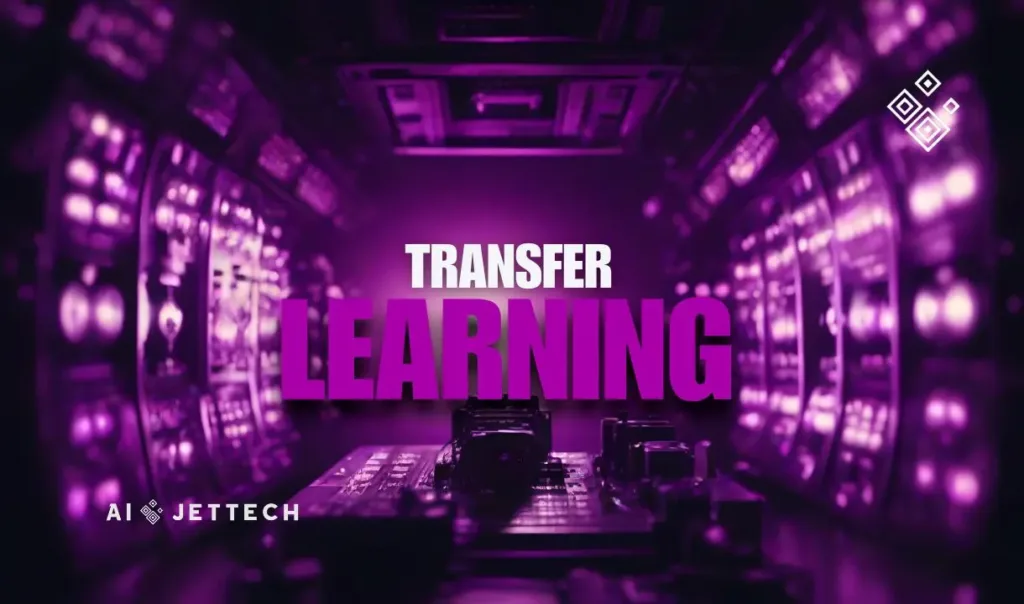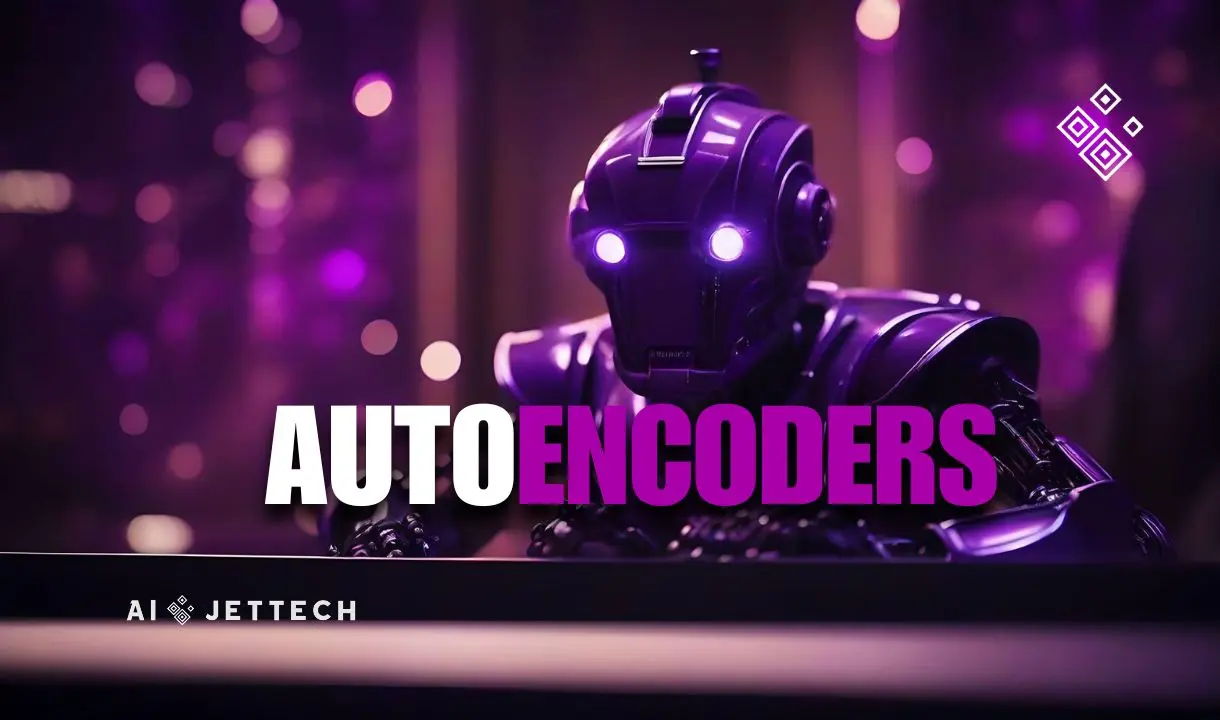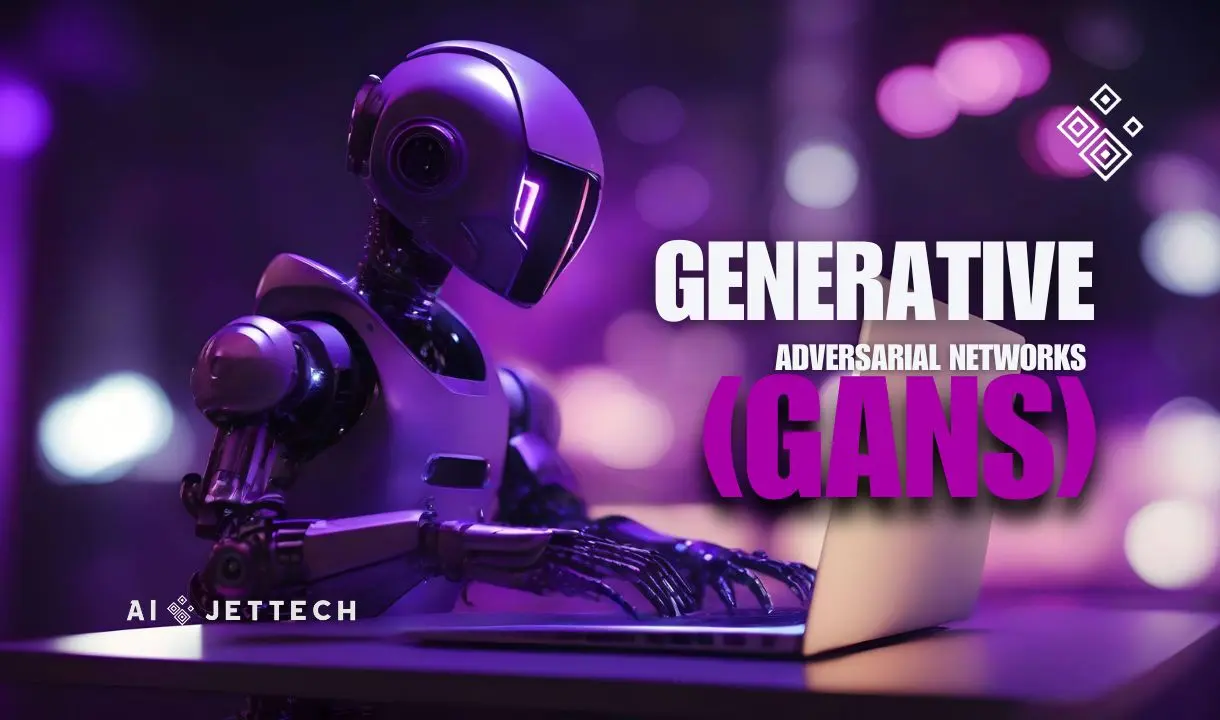In the fast-paced landscape of artificial intelligence, where innovation is paramount and resources are finite, the concept of transfer learning stands as a beacon of efficiency and ingenuity. Imagine a world where the groundwork for complex tasks has already been laid out, where the heavy lifting of model training has been done, and all that remains is to adapt and fine-tune existing knowledge to tackle new challenges. This is precisely the promise of transfer learning—a technique that leverages pre-trained models to expedite the development of AI applications and empower practitioners across domains.
In this article, we delve into the transformative power of transfer learning and explore how it enables practitioners to bridge the gap between generic knowledge and task-specific expertise.
Pre-Trained Models in Deep Learning
Imagine standing on the shoulders of giants, where the groundwork has been laid, and all you need to do is reach for the stars. In the realm of deep learning, this isn’t just a metaphor—it’s a reality made possible by leveraging pre-trained models. These models, trained on vast datasets, encapsulate a wealth of knowledge about the world.
They can recognize patterns far beyond the human eye’s capability, from distinguishing cats from dogs to identifying the style of a painting.
The beauty of pre-trained models lies in their versatility. Initially trained on one task, they can be repurposed or transferred to a new, but related task. This process, known as transfer learning, is akin to learning how to ride a scooter swiftly after mastering a bicycle. The core skills transfer, with only slight adjustments needed.
Fine-tuning for specific tasks
While pre-trained models offer a strong foundation, they’re often not perfect out of the box for a specific task. This is where fine-tuning comes into play. Fine-tuning is a delicate art, requiring one to adjust the pre-existing model slightly to better suit the nuances of the new task at hand. It’s like tailoring a suit; the base is there, but the fit needs adjustment.
The process involves taking a pre-trained model and continuing the training process with a smaller, task-specific dataset. This allows the model to adjust its weights, previously learned from a much larger dataset, to perform better on the specific task it’s being repurposed for. The adjustments are generally made to the latter layers of the model, as these layers are more specialized, while the initial layers capture the universal features that are broadly applicable across tasks.
The Journey from General to Specific
The journey of transfer learning is a transition from the general to the specific. It begins with a model trained on a broad task, equipped with a wide-ranging understanding of the data. Through fine-tuning, this model is then specialized, honed to excel at a particular task. This process not only saves a significant amount of time and resources but also opens up the possibilities for applications that were previously unfeasible due to the constraints of data or computational power.
Keypoint
Leveraging pre-trained models through transfer learning and fine-tuning allows for significant time and resource savings, enabling the push of boundaries in deep learning applications.
Transfer Learning Example
By leveraging a pre-trained model initially designed for image recognition, a small startup was able to quickly develop an innovative app that identifies plant species from photos. Despite having a limited dataset of plant images, the startup utilized transfer learning to fine-tune the model, allowing it to specialize in recognizing a wide variety of plants with high accuracy.
The efficacy of transfer learning and fine-tuning is a testament to the adaptability and potential of neural networks. By standing on the shoulders of giants, we’re able to reach new heights, pushing the boundaries of what’s possible in the field of deep learning.
Try it yourself : Explore available pre-trained models related to your field of interest and consider how they can be adapted for a specific task you’re working on.
“If you have any questions or suggestions about this course, don’t hesitate to get in touch with us or drop a comment below. We’d love to hear from you! 🚀💡”






